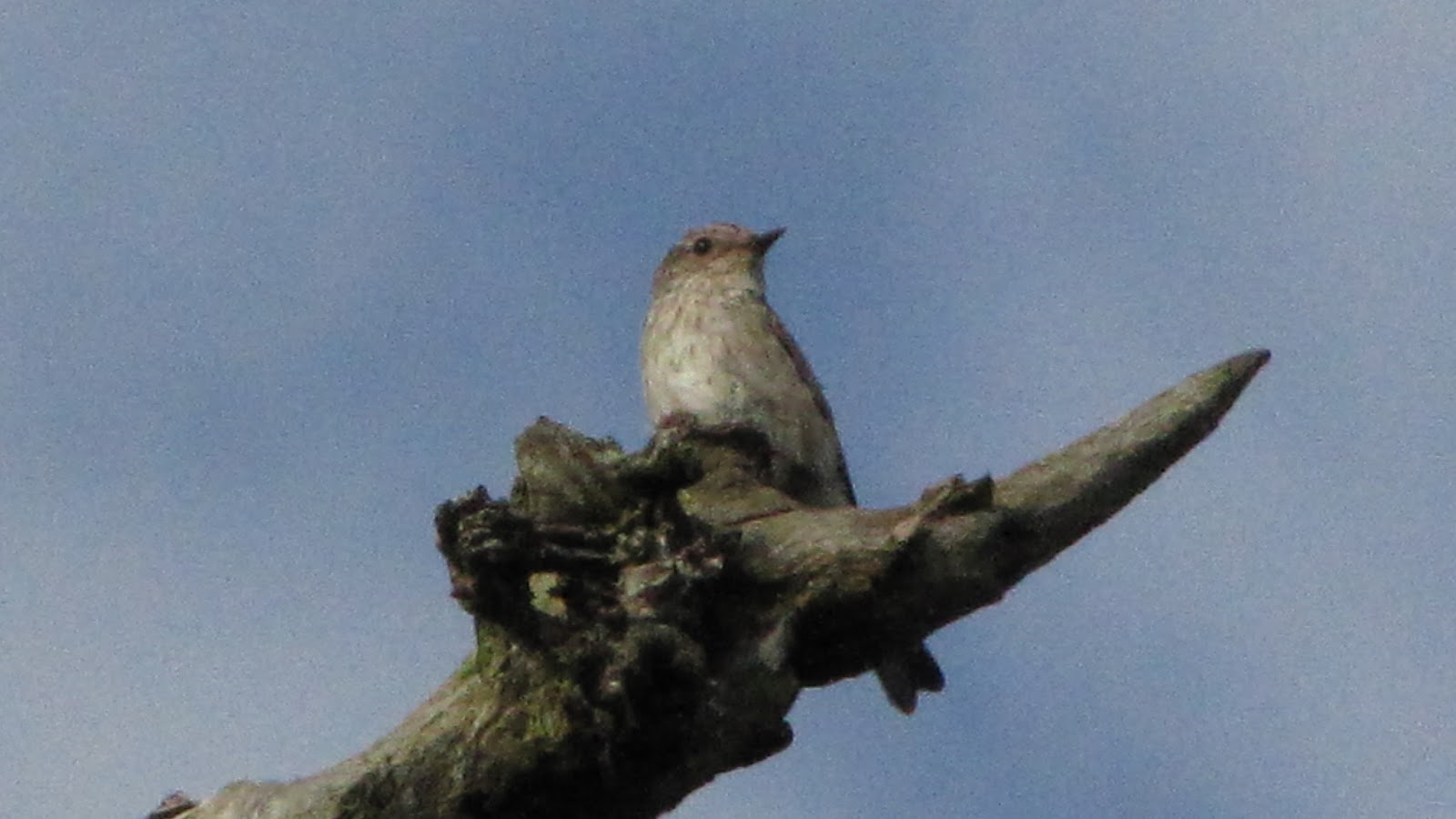Birds Of A Feather
 |
| All images by Jo Sinclair |
All around me are young birds that have survived against all odds and flutter noisily en famille. A raft of young mallards snakes along the river tucked close to the overhang. They leap comically as they forage on grass seeds or insects. A baby corn bunting cheeps for food. A party of green woodpeckers ventures into the hay meadows - kestrel territory! They don't do much ant foraging, just hide, terrorised then wobble back towards the woods crying. A handful of spotted flycatchers move among skeleton branches. They are faltering silhouettes, clumsy in comparison to the elegant, agile parent birds.
 |
| All images by Jo Sinclair |
The juvenile birds are smaller than the parents, and undefined in their plumage. But it's not just young birds that are tricky to identify. Some of the adult birds are moulting, and become pale imitations of themselves, non-descript. It's a good time to look out for moulted feathers. I have a small collection now.


Comments
Post a Comment